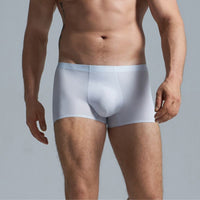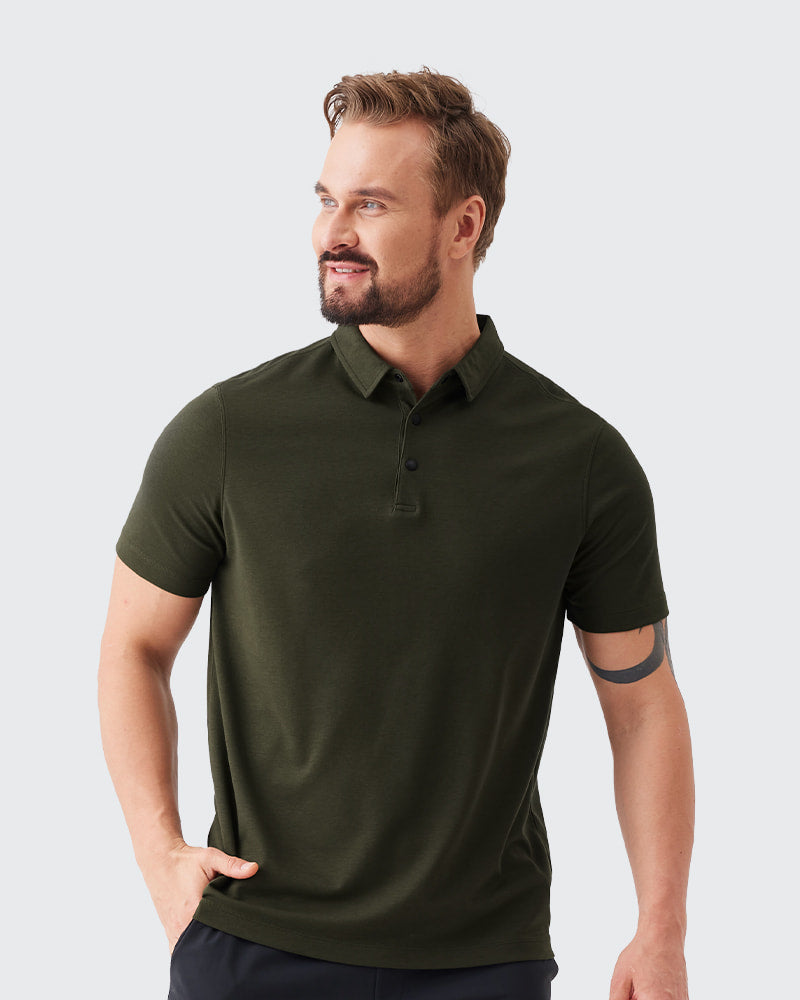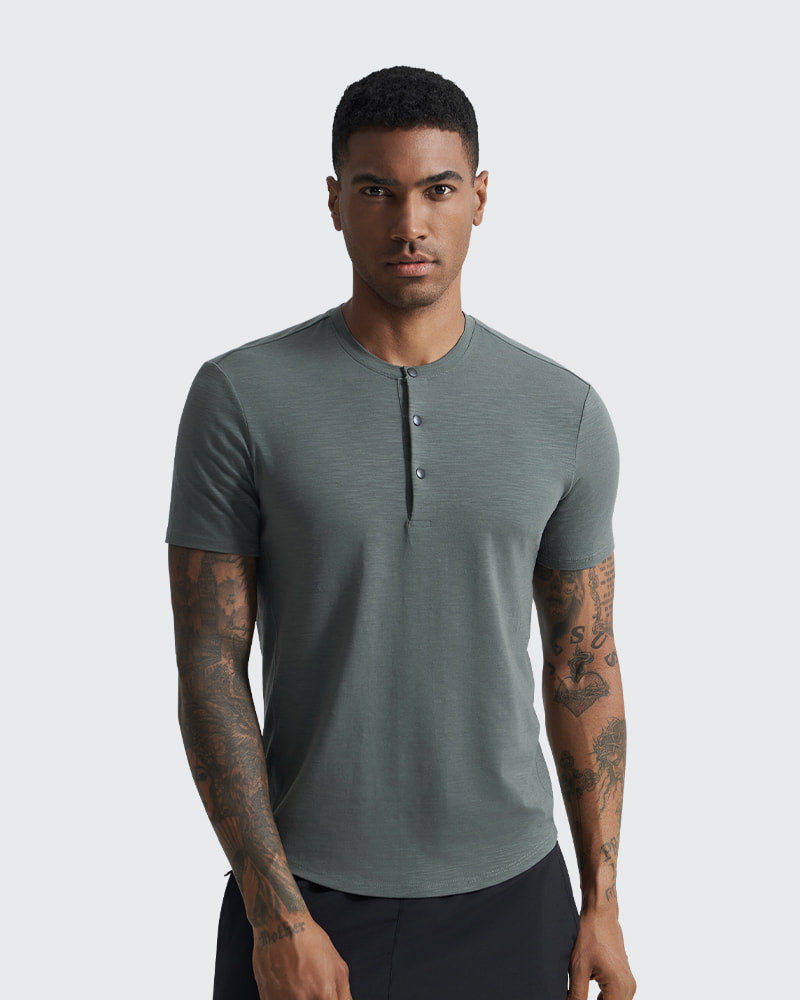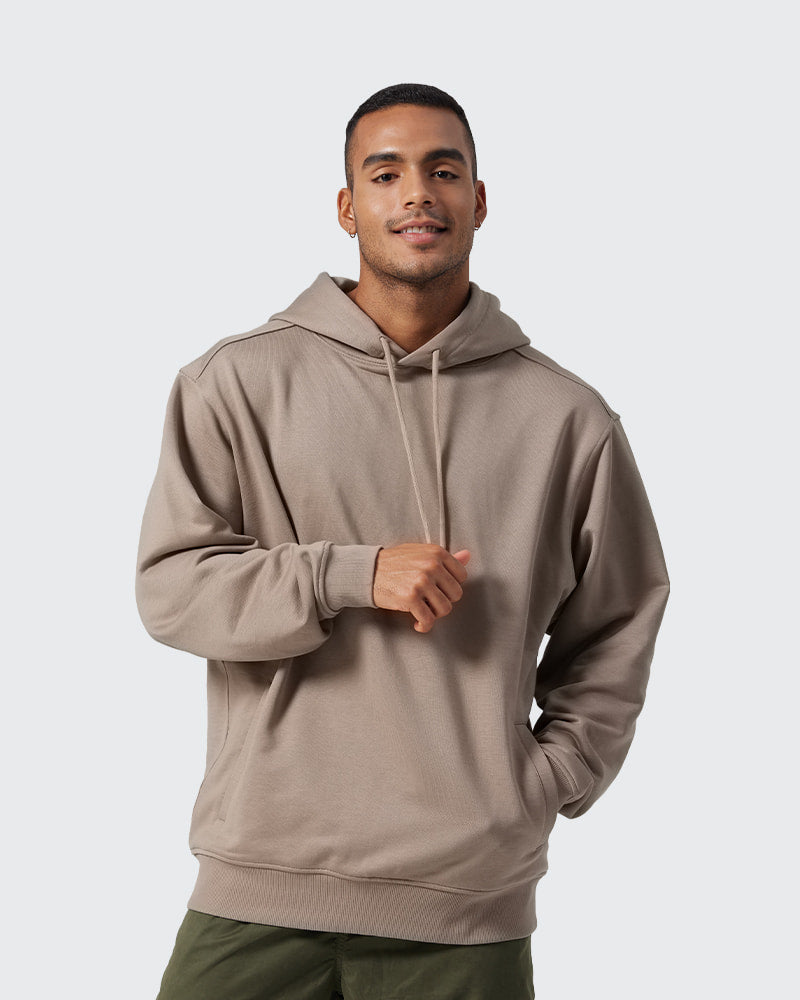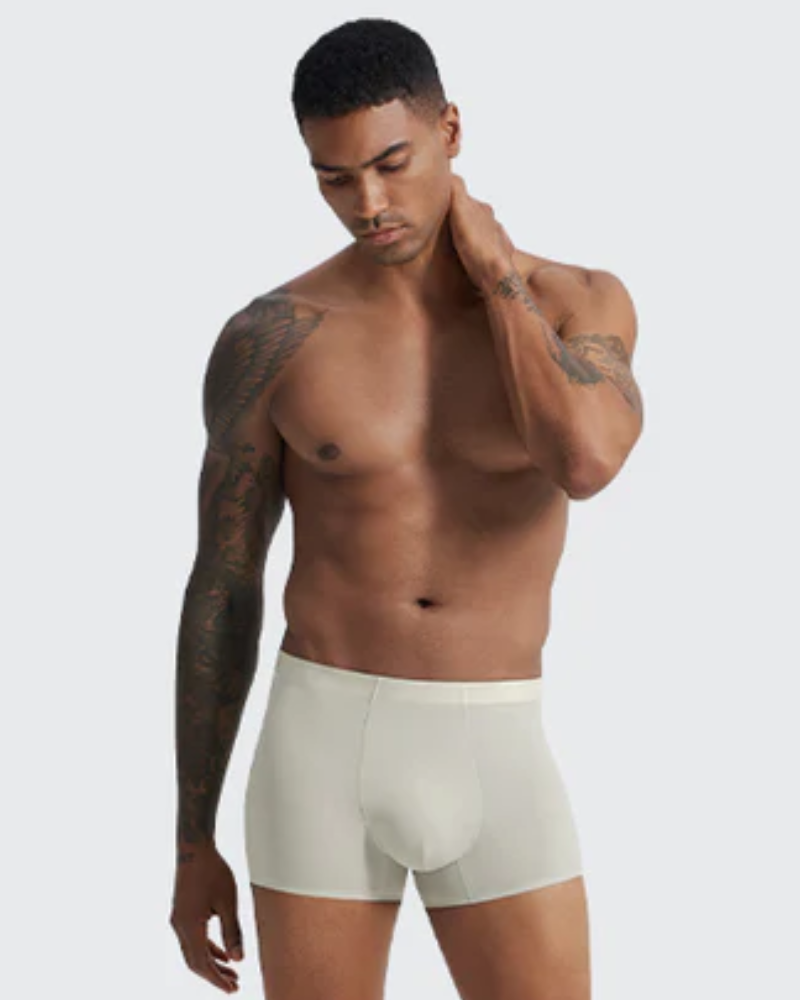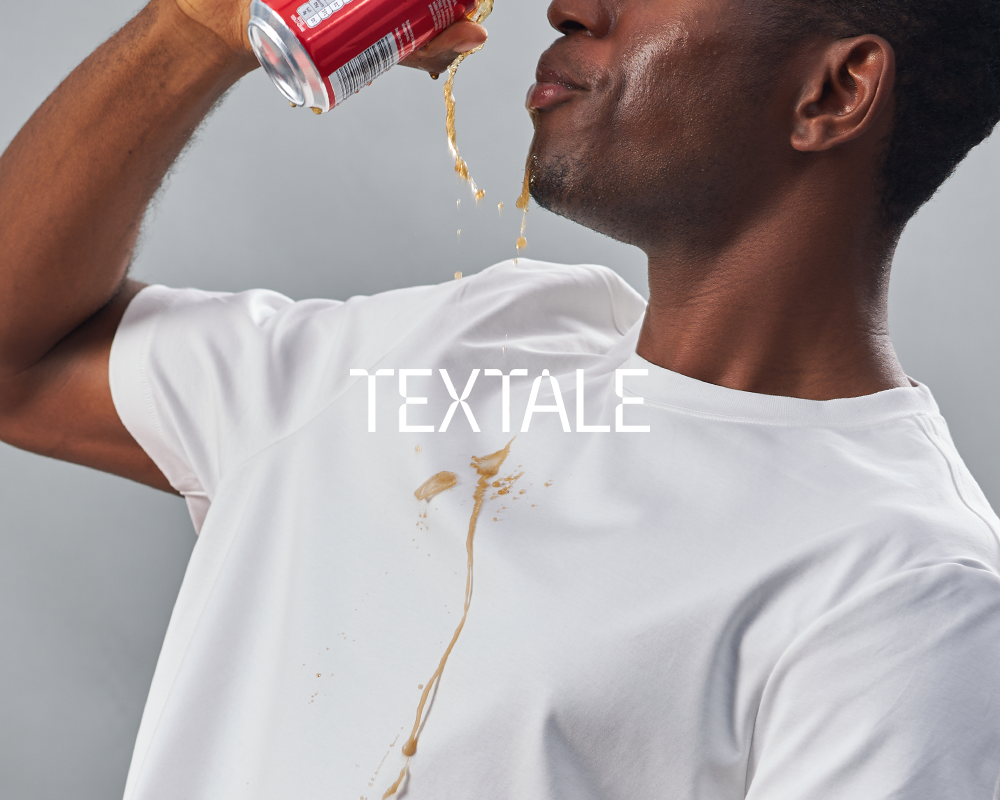Navigation
- Introduction
- Fabric blends and weaving techniques
- Water-resistant coatings and treatments
- Limitations and effectiveness of water-resistant fabrics
- Conclusion
Introduction
Water-resistant and waterproof fabrics have become integral to our daily products, from outdoor jackets to workwear shirts to hiking backpacks. These fabrics are designed to resist penetration and absorption of liquids, allowing us to stay dry and comfortable even in wet conditions.
They achieve this property through specialized fabric weaving techniques, polymer coatings, and fiber blends that modify the surface texture and chemistry of the fabrics. While water resistance prevents moderate moisture from soaking through, truly waterproof fabrics can remain impermeable even when fully submerged underwater.
Understanding the materials and technologies behind water-resistant fabrics enables us to better appreciate and utilize their benefits.
Fabric blends and weaving techniques
One approach to creating water-resistant fabrics is through tight, dense weave structures that liquid molecules cannot penetrate. Materials like cotton, polyester, and nylon are woven in a plain weave, twill, or satin pattern with a high yarn count, providing a barrier against moisture. For example, our shirt uses a double jersey weave with a 50/50 cotton-modal blend, weighing 260 grams per square meter. The high density of this weave, along with the hydrophobic modal fibers, helps resist water absorption and stain penetration.
Blended fabrics are also popular, combining the strengths of different fibers. Cotton-polyester blends provide breathability with water resistance, while polypropylene is highly waterproof but less breathable. Laminated and coated fabrics have layers of waterproof membranes bonded to a woven carrier fabric. These laminates can achieve very high water resistance for uses like tents, backpacks, and outer shells.
However, dense weaves and laminates also often sacrifice comfort, flexibility, and breathability, highlighting the key trade-off in developing water-resistant fabrics. Through weave design, fiber selection, and fabric construction, the level of water resistance can be finely tailored for diverse applications and user needs.
Check our Sustainability Promise here.

Water-resistant coatings and treatments
Another major approach to rendering fabrics water-resistant involves the application of polymer coatings and treatments. These coatings work by modifying the surface chemistry of the fabrics to make them hydrophobic or water-repellent. Common polymers for this include polyurethane, silicone, and fluoropolymers like Teflon.
When applied to fabrics, these coatings form a protective barrier against water and other liquids. Polyurethane coatings are versatile and durable, used on materials ranging from cotton canvas tents to modern technical apparel. Silicone coatings provide excellent flexibility, breathability, and seam sealing. Fluoropolymers are highly waterproof and oil-resistant but more expensive, limiting their use to high-performance niche products.
In addition to polymer coatings, fabrics can undergo specific water-resistant treatments, such as flame retardant or durable water repellent treatments. These treatments work by heating the fibers and then exposing them to certain chemicals that alter the surface of the fibers to be hydrophobic. The treatment can penetrate a few microns into the fabric, changing its wetting properties. These treatments can provide longevity of water resistance compared to surface coatings.
Waterproof coatings and treatments have revolutionized the water resistance of fabrics. Still, they also bring some downsides, like reduced breathability, higher cost, and the likelihood of breakdown over repeated washings or use. For many applications, coated or treated fabrics offer the perfect combination of functionality and durability, but for some uses, simple woven water-resistant fabrics remain optimal.
Water resistance in fabrics continues to be an active area of innovation, with more high-performance yet breathable and budget-friendly options on the horizon.

Limitations and effectiveness of water-resistant fabrics
While significant progress has been made in developing water-resistant and waterproof fabrics, they still face some critical limitations in performance and functionality. Water resistance prevents penetration of moderate moisture but cannot achieve complete waterproofness in the way that seam-sealed membranes or coatings can. Water-resistant fabrics will still absorb and retain some amount of water and are not suitable for prolonged immersion.
The effectiveness of water resistance also depends heavily on factors like fabric weight, weave density, number of coatings, and quality of materials used. Lighter weight and looser weave fabrics will not repel water as well as heavy, tightly woven blends. Cheaper, lower-grade coatings and treatments may break down more quickly. Seams, filters, zippers, and other features in fabric constructions also introduce more pathways for water to reach the inner layers. With use and washing, the water resistance can gradually degrade as coatings break down and fibers relax.
While improving water resistance, dense weaves and coatings often come at the cost of reduced breathability, flexibility, and comfort. Waterproof membranes and certain coatings create a plastic barrier, preventing moisture vapor from escaping. Densely woven fabrics are stiffer and less prone to draping and softness. For many uses like outdoor activity apparel, high water resistance is critical, but breathability is also key to keeping the wearer comfortable as they move. There remains an ongoing struggle to achieve an optimal balance of these properties.
Conclusion
Water-resistant and waterproof fabrics have revolutionized what is possible with clothing, shelter, bags, footwear, and other products. They enable us to stay dry, comfortable, and moisture-free in many situations and environments. While limitations remain around complete waterproofness, flexibility, and cost, research continues advancing these materials to offer greater performance, breathability, and value.
Through a combination of engineered fabrics, effective coatings, and clever construction techniques, water resistance can be tailored to different needs and applications, bringing welcome functionality to products of almost every kind. Water-resistant fabrics represent a technology that will shape the future of staying dry and venture further in future adventures.


















